- Automobil
- Lamborghini
- Lamborghini Urraco (2 Angebote)
Lamborghini Urraco classic cars for sale
The Lamborghini Urraco stands out as a mid-engined 2+2 coupé designed by Marcello Gandini, offering a rare mix of Italian V8 performance and practicality. Built in strictly limited numbers between 1972 and 1979, the Urraco presents a unique opportunity for collectors searching for authentic 1970s flair and a significant chapter of Lamborghini’s history.
Suchergebnisse
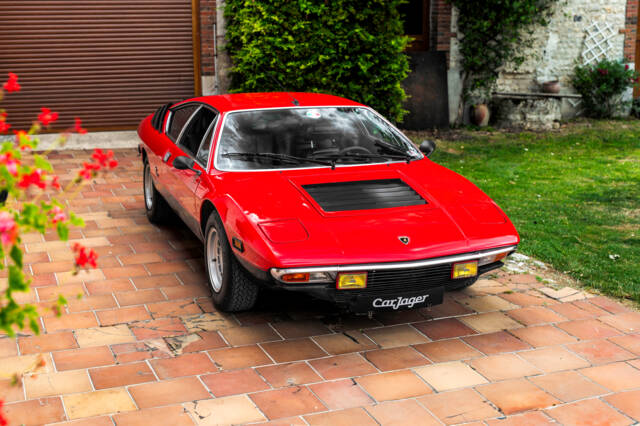
1975 | Lamborghini Urraco P 250
Lamborghini Urraco P250 1974 - Très bel état - Garantie 12 mois
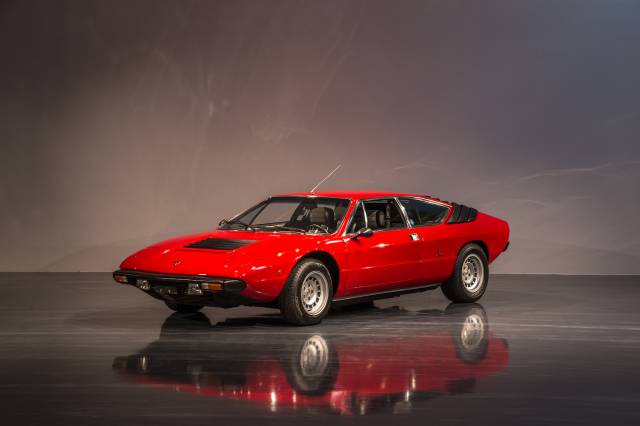
1978 | Lamborghini Urraco P 300
Scheckheftgepflegt
Lamborghini Urraco listing references from Classic Trader
Below you will find listings related to your search that are no longer available on Classic Trader. Use this information to gain insight into availability, value trends, and current pricing for a "Lamborghini Urraco" to make a more informed purchasing decision.
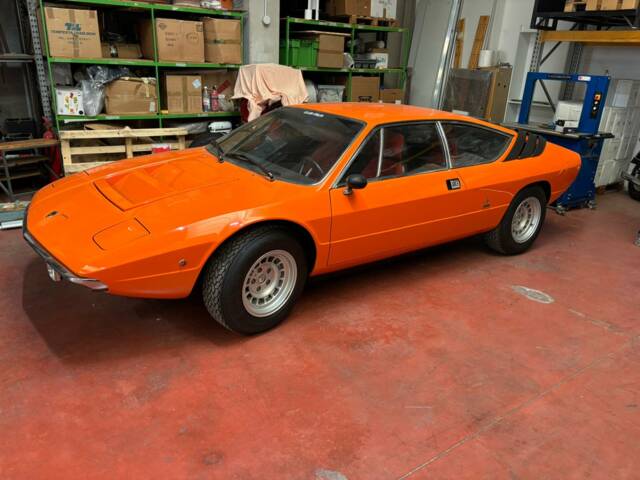
1972 | Lamborghini Urraco P 250
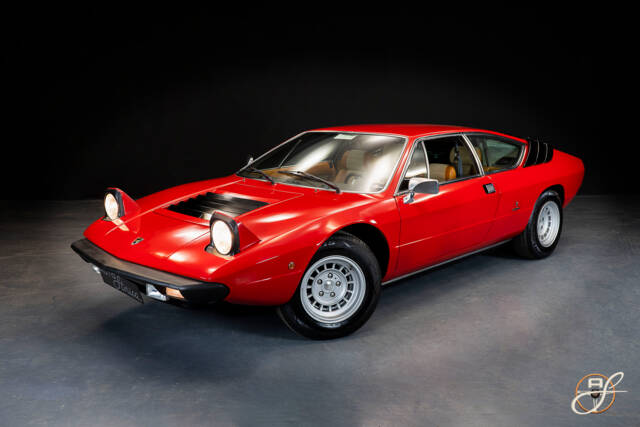
1975 | Lamborghini Urraco P 200

1975 | Lamborghini Urraco P 200
LAMBORGHINI Urraco
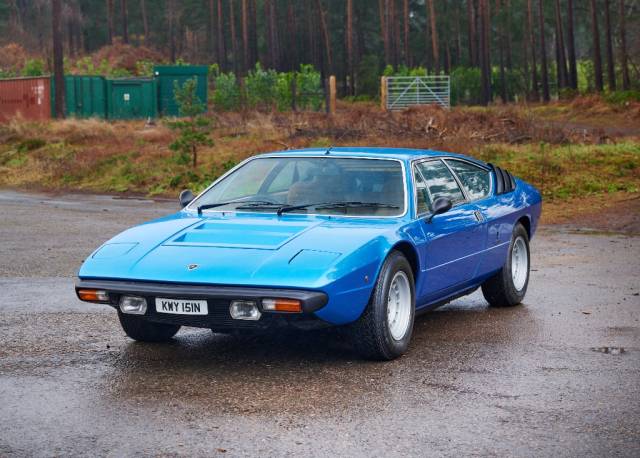
1974 | Lamborghini Urraco P 250
Lamborghini Urraco 250S
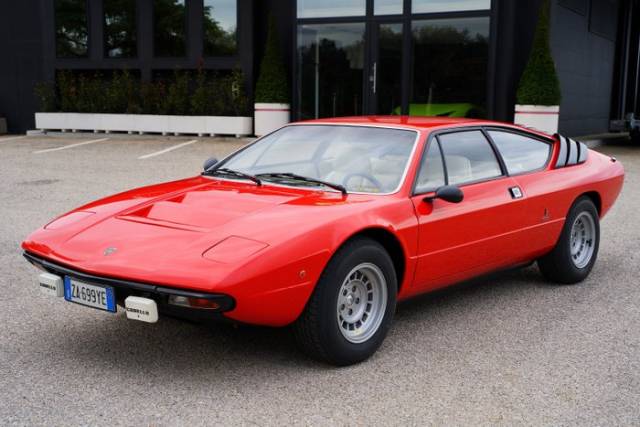
1975 | Lamborghini Urraco P 250
Lamborghini - Urraco P250 - 1975

1975 | Lamborghini Urraco P 250
LAMBORGHINI Urraco
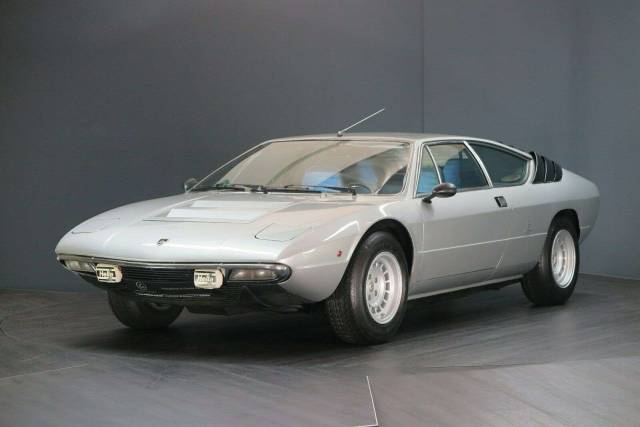
1977 | Lamborghini Urraco P 250
Lamborghini Urraco P250 P 250 S, Klimaanlage, Motor überholt!
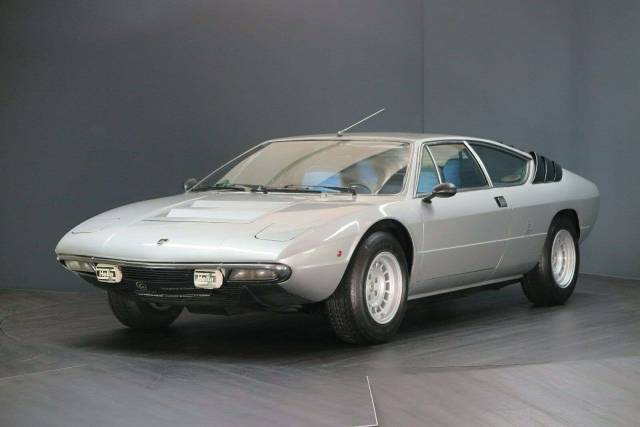
1977 | Lamborghini Urraco P 300
Lamborghini Urraco P 250 S, Klimaanlage, Motor überholt!
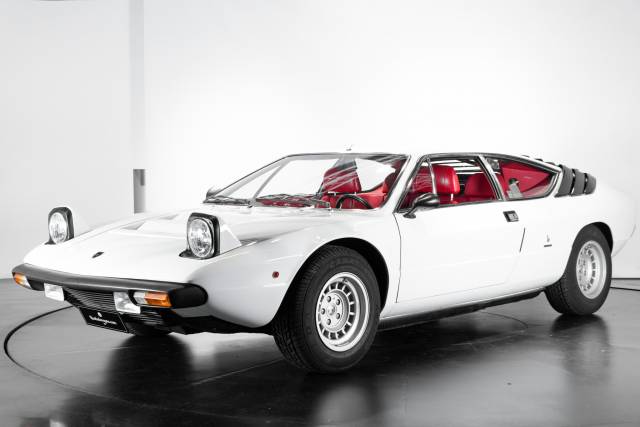
1973 | Lamborghini Urraco P 250
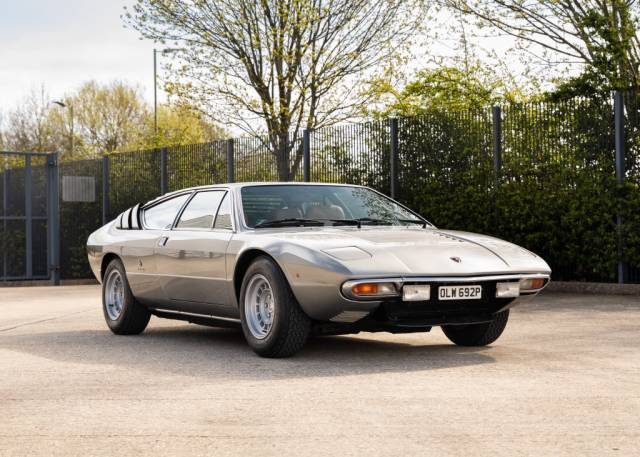
1976 | Lamborghini Urraco P 300
Lamborghini Urraco P300
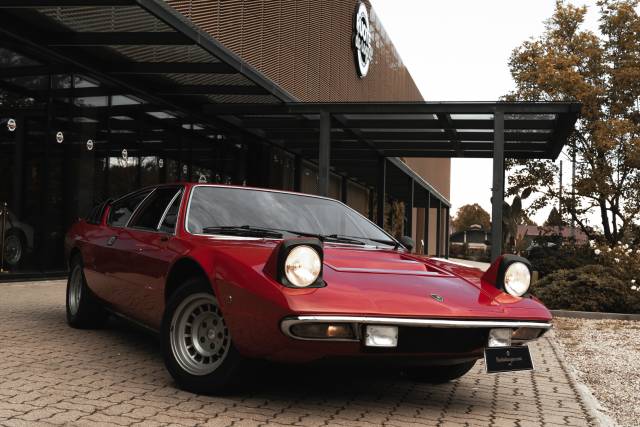
1974 | Lamborghini Urraco P 250
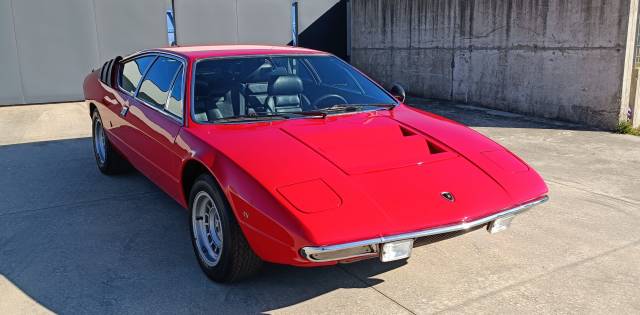
1974 | Lamborghini Urraco P 250
URRACO P250 S 2+2 ---- VERY RARE RED COLOR !!!
History of the Lamborghini Urraco
The Lamborghini Urraco debuted at the 1970 Turin Auto Show, marking Lamborghini’s first venture into the mid-engined V8 sports car segment. Unlike its V12 predecessors, the Urraco’s aim was to provide a practical yet potent Grand Tourer, targeting rivals like the Ferrari Dino. Lamborghini produced several series of the Urraco, all featuring 2+2 seating, setting it apart in the segment. Production officially began in 1972, with various technical refinements made throughout its life cycle. By the time production ended in 1979, only 674 units had left Sant’Agata, making it one of the rarer Lamborghinis of the era. The Urraco laid technical and conceptual groundwork for later models like the Silhouette and Jalpa, but in its period, it struggled with technical teething issues and was not the sales success Lamborghini had hoped for.
Model Range and Evolution
Three primary models defined the Urraco series: the P250, P200, and P300. The Urraco P250, introduced in 1974, featured a 2.5-litre V8 and was the main production variant. For the Italian market, the P200 model offered a two-litre engine to circumvent local tax restrictions. The final evolution, the P300, upped displacement to three litres and saw improvements in output and drivability. Notably, the P111 was a version produced between 1974 and 1976 for the US market with emissions modifications and larger impact bumpers, further limiting power. Combined, these subtypes ensured the Urraco could address different markets, though total build numbers remained low—520 P250, 66 P200, 205 P300, and 21 P111 units.
Highlights and Distinguishing Features
The Urraco’s 2+2 seating distinguishes it from most sports cars of its time, offering plausible rear-passenger accommodation. Its transversely mounted V8 engine endowed the Urraco with sophisticated engineering, while the Bertone-penned wedge-shaped coupé body exuded 1970s Italian style. Notable are the original Ansa exhaust and options like air conditioning and leather interiors, which were advanced features for the period. Visibility in the market is exceptionally exclusive: the Urraco represents 100% of Lamborghini listings and receives all Lamborghini inquiries on Classic Trader, underscoring just how rare other Lamborghinis from the era are on the market.
Technical Data
Special Editions and Collectible Models
Among the rarest Urraco versions is the P111, produced for the American market; only 21 units were built featuring federalised bumpers and reduced power to comply with emissions rules. The P200 is another unique edition, restricted to the Italian market and produced in only 66 units.
Weak Spots and Common Issues
Typical Urraco issues include problems arising from its mid-engine layout, leading to suboptimal weight distribution. Early examples suffered from maintenance complexity due to access constraints around the transaxle and engine bay—especially V8-specific components and the Weber carburettors. Interior ergonomics sometimes draw criticism: the tachometer and speedometer are often obscured from the driver’s position. Parts supply today is niche, but aided by specialist networks and period Lamborghini documentation.
Engine, Performance, Transmission and Handling
The Urraco’s transverse V8 provides responsive, distinctive Italian performance, especially in the 265 hp P300 variant capable of reaching 0–100 km/h in 6.6 seconds and a top speed of 230 km/h. Chassis balance was ambitious for the era, but the short front end and heavy rear bias require expert handling at speed. Manual transmission is direct but period-authentic in weighting. Notably, the P200 was designed to meet Italian tax laws and delivers 182 hp, while the P250, with its 2.5-litre V8, makes 220 hp. The Urraco set technical precedents for later Lamborghini grand tourers. - Urraco P250: 2.5L V8, 220 PS
- Urraco P200: 2.0L V8, 182 PS (Italian market)
- Urraco P300: 3.0L V8, 265 PS
- Urraco P111: US market, federalised bumpers, 180 PS
Interior, Comfort, Exterior and Design
Designed by Marcello Gandini for Bertone, the Urraco is typified by its wedge silhouette and fastback rear, with distinctive louvred panels over the engine bay. The interior reflects 1970s style with period-correct four-spoke steering wheels and deep leather seats, often in tan or black. The low, pointed nose and compact glasshouse contribute to both its look and unique cockpit feel. Factory options even included air conditioning—a rare addition for a 1970s Italian coupé. The original Ansa exhaust is an enthusiast’s highlight, as are colour options and period-correct finishes.
Other Notable Features
Well-preserved examples can be eligible for the ASI gold plaque in Italy, certifying historic significance and authenticity. Original documentation and spare parts availability are strong selling points, as are technical data cards from period Lamborghini archives. Classic tyre fitment, especially Michelin XWX, is sought after for originality.
Summary
The Lamborghini Urraco is a connoisseur’s choice for a seventies V8 Grand Tourer, reflecting a bold technical direction for Lamborghini with its mid-engine layout and practicality. Rarity, technical pedigree, and period-correct design place it as an attractive entry into the classic Lamborghini world, fully supported by historical records and enthusiast networks.

